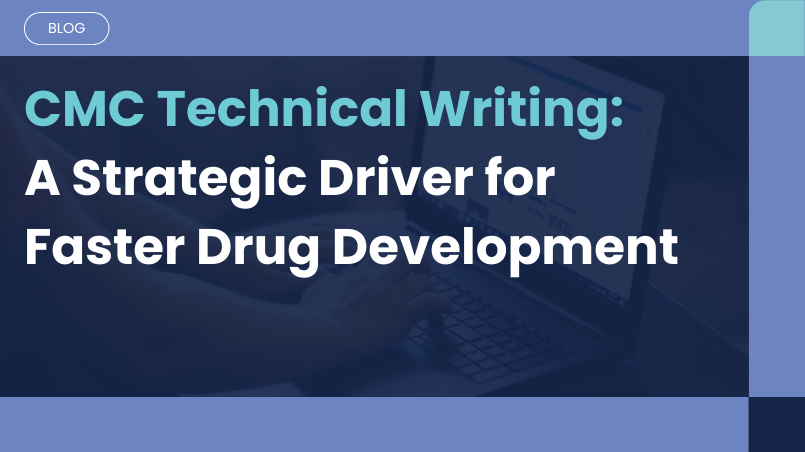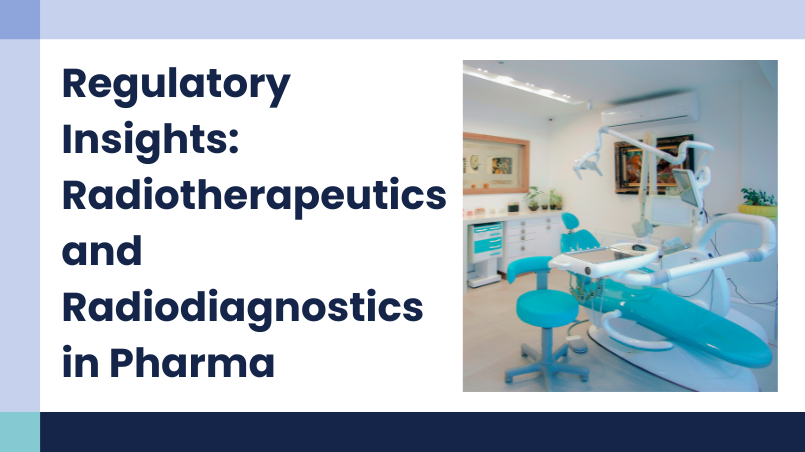CMC Technical Writing: A Critical Enabler During Product Development
EU Fluorinated Greenhouse Gases Regulation: Guidance for Pharma Manufacturers
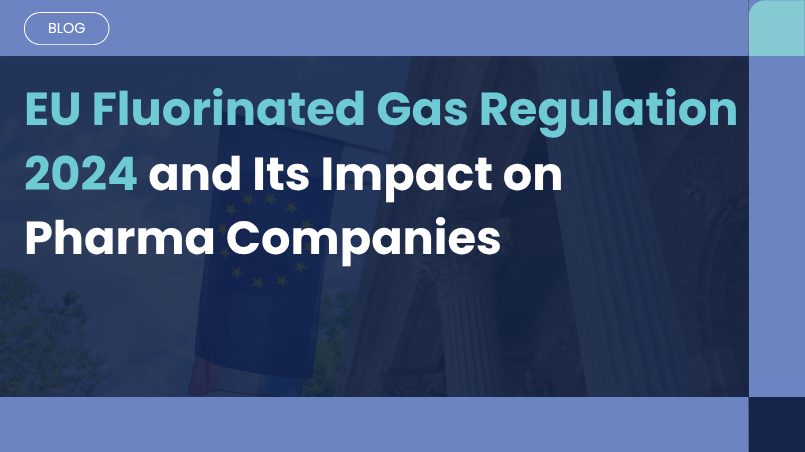
08 Oct, 2025
As a pharmaceutical company specializing in metered dose inhalers (MDIs), you’re no stranger to the evolving regulatory landscape. MDIs, essential for delivering life-saving treatments to patients with asthma, COPD, and other respiratory conditions, rely heavily on hydrofluorocarbons (HFCs) as propellants. However, these HFCs are potent greenhouse gases, contributing to climate change. The European Union’s newly adopted Regulation (EU) 2024/573 on fluorinated greenhouse gases (F-gases), effective from February 2024, introduces significant changes aimed at reducing emissions while ensuring a smooth transition for critical sectors like yours.
In this blog post, we’ll break down the key aspects of the regulation relevant to MDI producers, highlight the opportunities for innovation, and provide actionable insights to help your company stay compliant and competitive.
Why This Regulation Matters for Pharmaceutical Companies
The EU’s Green Deal and commitment to climate neutrality by 2050 are driving aggressive reductions in F-gas emissions. MDIs account for a notable share of HFC consumption in the EU—around 2-3% of total HFCs, based on historical data. While the regulation acknowledges the critical role of MDIs in patient health, it integrates the sector into the broader HFC phase-down under the Kigali Amendment to the Montreal Protocol.
Unlike previous rules under Regulation (EU) No 517/2014, this update explicitly includes MDIs in the HFC quota system. This creates incentives to shift toward lower global warming potential (GWP) alternatives, but it also provides buffers to avoid disrupting supply chains or patient access.
Key goals for the pharma sector:
- Reduce HFC emissions by promoting alternatives.
- Ensure patient safety through rigorous approvals.
- Support a fair transition without compromising innovation.
Inclusion in the HFC Quota System: A Phased Approach
The standout change for MDI manufacturers is the inclusion of HFCs used in MDIs within the EU’s HFC quota allocation. Quotas limit the total HFCs that can be placed on the market, calculated in CO2 equivalents, and are allocated to producers and importers.
- Guaranteed Quota for Transition (2025-2026): To ease the shift, MDI producers will receive full quotas based on their most recent market share. This means no immediate reductions—your current HFC usage levels are protected for the first two years
- Full Integration by 2030: From 2027 onward, quotas will gradually align with the broader phase-down schedule, reaching the full reduction rate applicable to other sectors by 2030. This could mean up to an 85% cut in HFC availability compared to baseline levels, pushing the industry toward alternatives.
This phased timeline gives your R&D teams time to reformulate products. The regulation emphasizes that HFCs in MDIs are “critical for health,” so quotas prioritize medical needs. However, failure to adapt could lead to supply shortages or higher costs as quotas tighten.
Pro Tip: Monitor your HFC reference values closely—these are recalculated every three years based on recent market activity. Engage with the Commission’s F-gas Portal for quota management and reporting.
Pushing for Lower-GWP Alternatives: Opportunities and Incentives
The regulation highlights the availability of lower-GWP HFCs (e.g., HFC-152a or HFC-227ea variants) and non-fluorinated alternatives already developed by industry. It creates incentives through the quota system: companies that switch early may free up quotas for other uses or even trade them.
- Innovation Boost: The EU encourages reformulation, noting that alternatives can maintain efficacy while slashing emissions. Clinical studies and safety assessments remain paramount, but the regulation calls for closer cooperation between the Commission, Member States, and the European Medicines Agency (EMA) to streamline approvals for low-GWP MDIs.
- No Immediate Bans: Unlike some equipment (e.g., refrigeration), MDIs aren’t subject to outright prohibitions in Annex IV. However, if your products use high-GWP HFCs, expect indirect pressure via quotas.
The preamble stresses that MDIs are medicinal products requiring “rigorous assessments, including clinical studies.” This underscores the need for EMA involvement—expect faster pathways for green alternatives, potentially through expedited variations or new marketing authorizations.
Case Study Insight: Some Companies have already piloted low-GWP MDIs. Early adopters could gain a competitive edge in sustainability-focused markets, aligning with ESG goals and potentially qualifying for EU funding under the Green Deal.
Labelling MDIs under the new EU F-Gas Regulation:
- Effective date: New F-gas labelling rules for MDIs apply from 1 January 2025 under Regulation (EU) 2024/573.
- Scope: All MDIs using HFC propellants (e.g., HFA-134a, HFA-227ea, HFA-152a).
- Packaging & PIL requirements:
- State that the product contains fluorinated greenhouse gases.
- Include the name of the F-gas.
- Provide the mass per inhaler.
- Show the global warming potential (GWP).
- Display the CO₂-equivalent amount.
- Wording: EMA has published standard QRD statements (multilingual) for inclusion on packaging and in the leaflet.
- Advertising rule: If the propellant has GWP ≥150 (e.g., HFA-134a, HFA-227ea), the same F-gas information must appear in advertising materials.
- Bulk propellants: Containers for MDI manufacture must carry specific labels, including quota-exemption wording where relevant.
- Action for MAHs: Update labels and PILs, calculate CO₂-eq values, and review promotional content to ensure compliance by 1 Jan 2025.
Compliance Essentials
Beyond quotas, the regulation imposes practical requirements:
- Labelling (Article 12): All MDIs containing F-gases must be labelled with the gas type, quantity (in weight and CO2 equivalents), and GWP. This applies from placement on the market. Exemptions (if any) must be clearly noted.
- Reporting and Record-Keeping: Producers must report HFC usage annually via the F-gas Portal. Independent verification ensures accuracy, and records must be kept for five years.
- Leak Prevention and Recovery: While MDIs are sealed, ensure supply chain partners comply with containment rules (e.g., recovery during manufacturing or disposal).
- Export and Import Controls: Stricter customs checks via the EU Single Window Environment mean you’ll need robust documentation for cross-border activities.
Non-compliance risks penalties, including fines or market bans. Member States will enforce this, with risk-based checks focusing on high-impact sectors like pharma.
Preparing Your Company for Success
To thrive under Regulation (EU) 2024/573:
- Assess Your Portfolio: Audit current HFC usage and map reformulation timelines. Prioritize high-GWP propellants for phase-out.
- Collaborate with Regulators: Engage EMA early for alternative approvals. Join the Commission’s Consultation Forum for stakeholder input.
- Invest in R&D: Explore partnerships for low-GWP tech. The regulation’s focus on “cleaner solutions” could unlock grants from Horizon Europe or similar programs.
- Build Supply Chain Resilience: Secure quotas and diversify suppliers. Train staff on new handling rules (certification under Article 10 may apply indirectly).
This regulation isn’t just a challenge; it’s a catalyst for sustainable innovation in respiratory care. By transitioning to eco-friendly MDIs, your company can reduce environmental impact, meet patient needs, and position itself as a leader in green pharma.
Contact us at info@celegence.com for tailored guidance on achieving compliance and driving green innovation in your MDI portfolio.
Other Related Articles

11 Nov, 2025

04 Nov, 2025
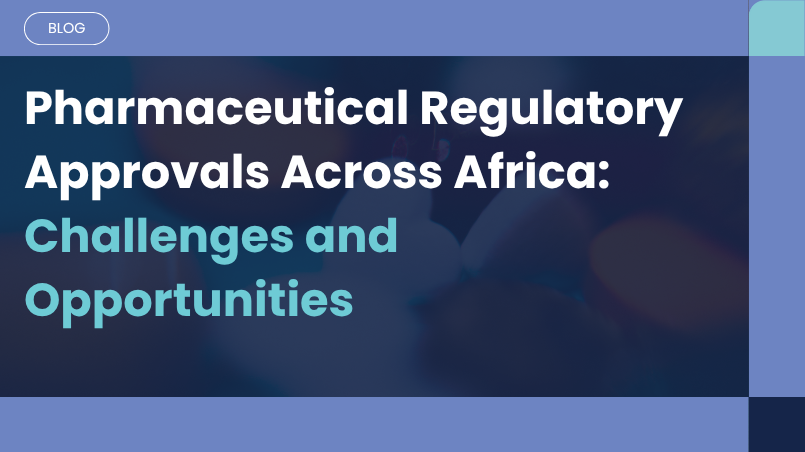
21 Oct, 2025
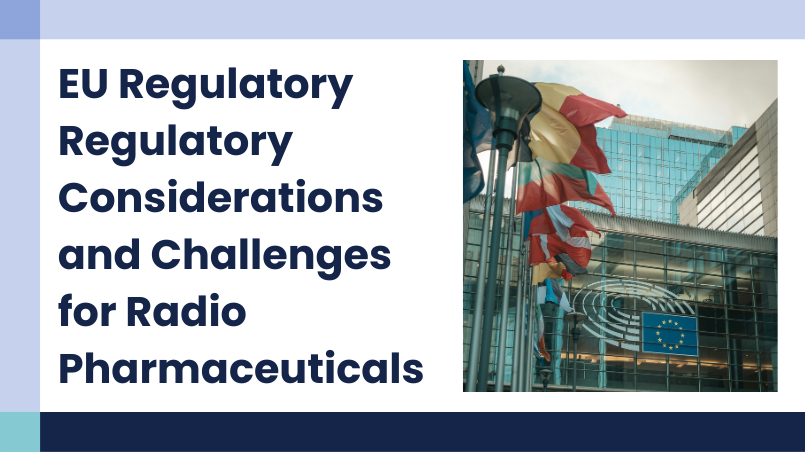
24 Sep, 2025
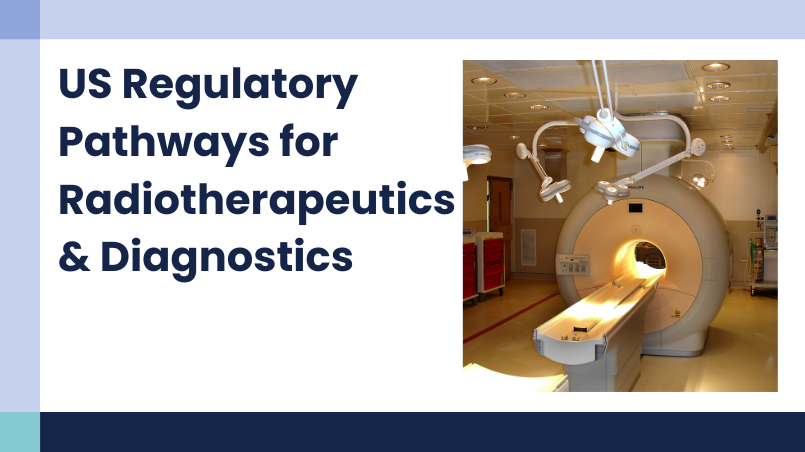
11 Sep, 2025


